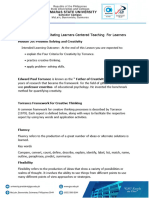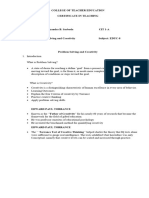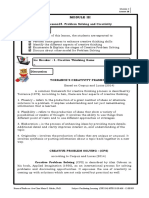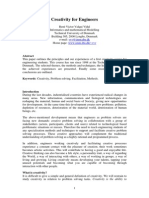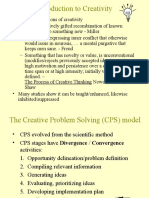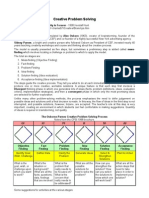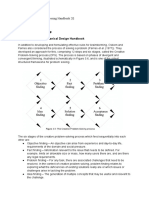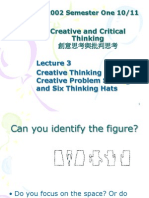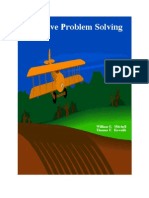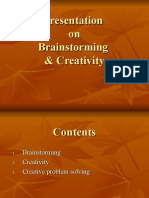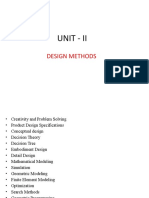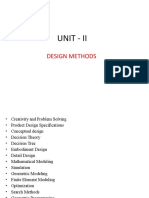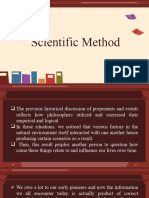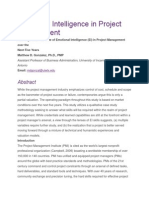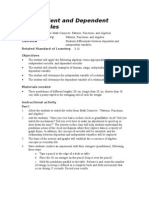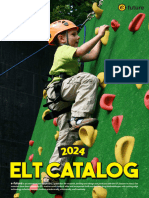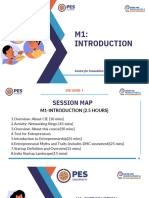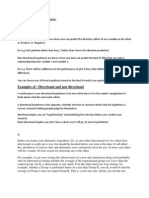0% found this document useful (0 votes)
83 views17 pagesProblem Solving and Creativity
Problem solving and creativity are important skills that are not always adequately taught in classrooms. There are several frameworks that can be used to develop these skills, including Torrance's creativity framework and the Creative Problem Solving (CPS) process. [CPS] involves 6 stages - mess finding, data finding, problem finding, idea finding, solution finding, and acceptance finding - with each stage involving divergent and convergent thinking techniques. Other models emphasize defining the problem, exploring solutions, acting on strategies, and evaluating outcomes. Developing these higher-order thinking skills can help solve problems in novel yet practical ways.
Uploaded by
cristinejoygenova43Copyright
© © All Rights Reserved
We take content rights seriously. If you suspect this is your content, claim it here.
Available Formats
Download as PPTX, PDF, TXT or read online on Scribd
0% found this document useful (0 votes)
83 views17 pagesProblem Solving and Creativity
Problem solving and creativity are important skills that are not always adequately taught in classrooms. There are several frameworks that can be used to develop these skills, including Torrance's creativity framework and the Creative Problem Solving (CPS) process. [CPS] involves 6 stages - mess finding, data finding, problem finding, idea finding, solution finding, and acceptance finding - with each stage involving divergent and convergent thinking techniques. Other models emphasize defining the problem, exploring solutions, acting on strategies, and evaluating outcomes. Developing these higher-order thinking skills can help solve problems in novel yet practical ways.
Uploaded by
cristinejoygenova43Copyright
© © All Rights Reserved
We take content rights seriously. If you suspect this is your content, claim it here.
Available Formats
Download as PPTX, PDF, TXT or read online on Scribd
/ 17







